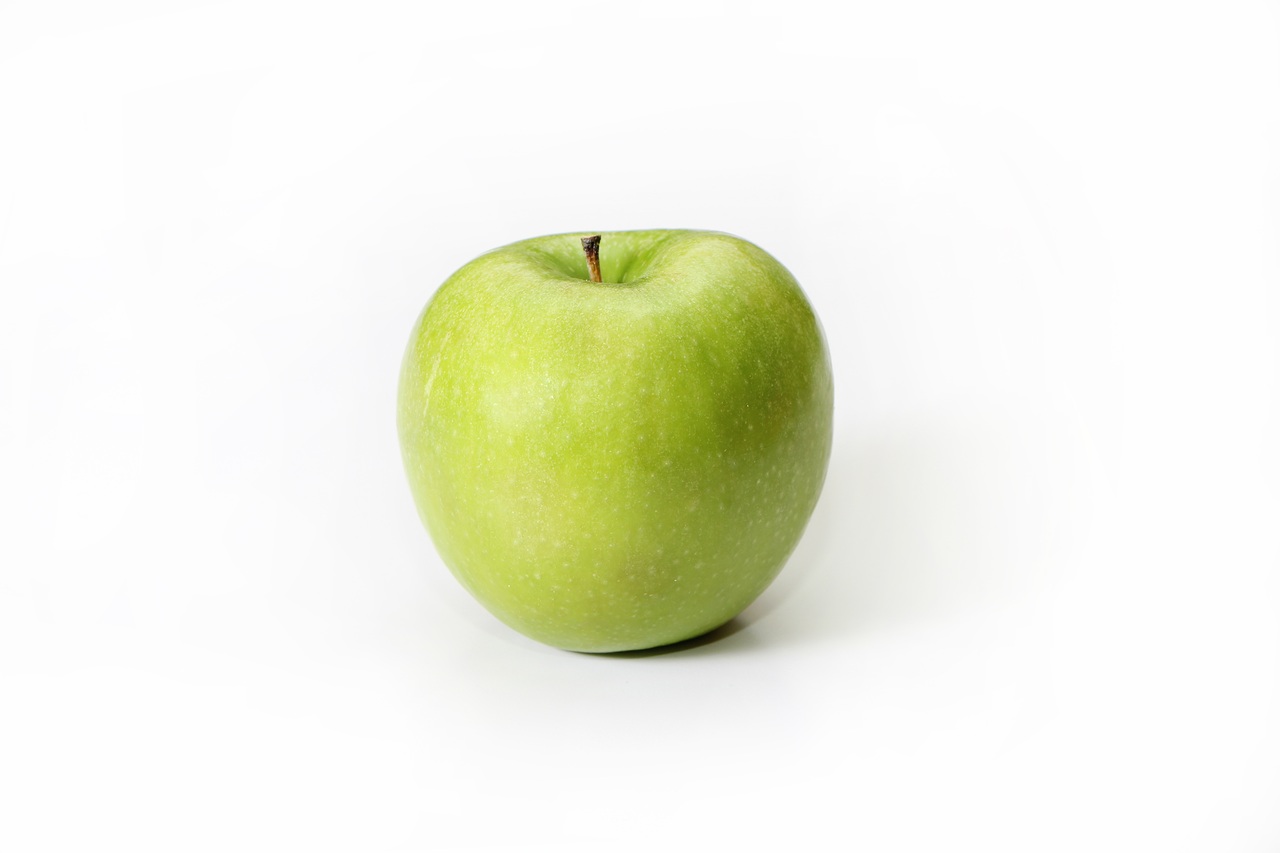
“This is an apple.” I said while showing a Granny Smith. A former classmate reminded me of this when I met her at a school reunion. Twenty years after the fact she still vividly could remember and enjoy the way I started a presentation in high school. And now, a quarter of a century later, I use it to start this post about props.
Standing out
Props, objects shown during a presentation, can make an impact. To start with, a prop makes you stand out amongst other presenters. Just like the job letter printed on a coloured sheet of paper stands out amongst all the white ones. At least it did back in days when we still sent physical letters. Today, sending a real letter would probably be enough to stand out.
Timing
A prop is an unexpected attention grabber. To do this right, you should only make the object appear when it plays its role in your story. An unmentioned but visible and odd object will distract. Until you address it, people wonder what it is doing there (the visual channel always wins). Moreover, a well-timed appearance of the object will create a surprise effect. A few seconds of silence contribute to the drama of the moment. Ideally you put the object away when you are done with it. Otherwise it keeps on distracting. Just like an actor in a play does not remain on the stage when they did their part.
Proper props
Not any prop will do the job. Like any general presentation trick, it greatly depends upon the audience, the setting, and the presenter if it is proper to use a prop or a specific prop. Like with any risk-taking, there is a potential reward, but also a potential loss. Using a prop because your presentation trainer told you so is not a good reason. It might generate an awkward situation that disconnects you from your audience and yourself. So pick a prop that works for you, the audience, and the context.
Remembering
Just like my Granny Smith did, a prop helps to remember. However, I am not sure what I wanted to convey in that presentation (I vaguely recall it had to do with pesticides in its peel). Ideally the prop not only helps to remember the presenter, but also helps people to remember the core message. An object that surprized you (and moved you) is easier to remember then a collection of words. Through its connection with the message the object helps the audience to regain access to the message. Of course it helps if this message is formulated in a way that is easy to remember as well, but that is another post.
Semiotics
Apples can star in various presentations. An apple farmer could proudly show the apple that is the end product of centuries of carefully breeding. In a doctor’s presentation an apple might symbolize a healthy diet. An environmental scientist could show that if our planet had the size of an apple, its atmosphere would be as thick as the peel and thus urge us to protect it. A computer manufacturer could use it as its logo. And a preacher may use an apple to take us back to the garden of Eden and make a religious point. In each of these examples it would mean complete different things if the presenter would take a bite.
Talking point
Props can serve as a tool for explaining, convincing, and even as a time machine. They are also great talking points. To take a little side step to my time as a radio editor, I always advised guests to bring a prop. Even on radio an object on the studio’s table will unavoidably become a talking point. Talking about a thing you and the show’s host both see, touch, weigh, and even smell adds liveliness to the conversation. And, if the object is linked to your core message it will help you to deliver it, which can be challenging while being live on air. By the way, biting an apple while talking in a microphone is not advisable.
Serious
I believe props are not only useful for less formal settings like a high school kid’s presentation, a pitch contest or a radio show. Also during career defining presentations they can play their role in winning the audience’s favour. As I have witnessed with a few of the researchers I coached in preparation for their research grant interviews. Of course, I cannot claim that the prop made the difference. At least it did not ruin their chances (as many candidates fear). Demonstrating courage to do it differently, increasing the power of a metaphor by physically bringing it into the room, making your core message easier to remember are all good reasons to at least consider it.
Thinking tool
Even if you decide not to use a prop, thinking about it is useful in itself. Searching for an object that would help you to communicate your research will help you to explore the audience and context. Why is object A more suitable than object B? Moreover, searching for a proper prop provides another (visual, tactile, emotional) perspective on your own research helping you to distinct essentials from details. I have seen many occasions in which the conversation about an object (or a visual) helped to clarify a researcher’s own thinking about their research.
So, to prop or not to prop? Hopefully, my Granny Smith at least made you consider it.
Main image: pxhere.com
